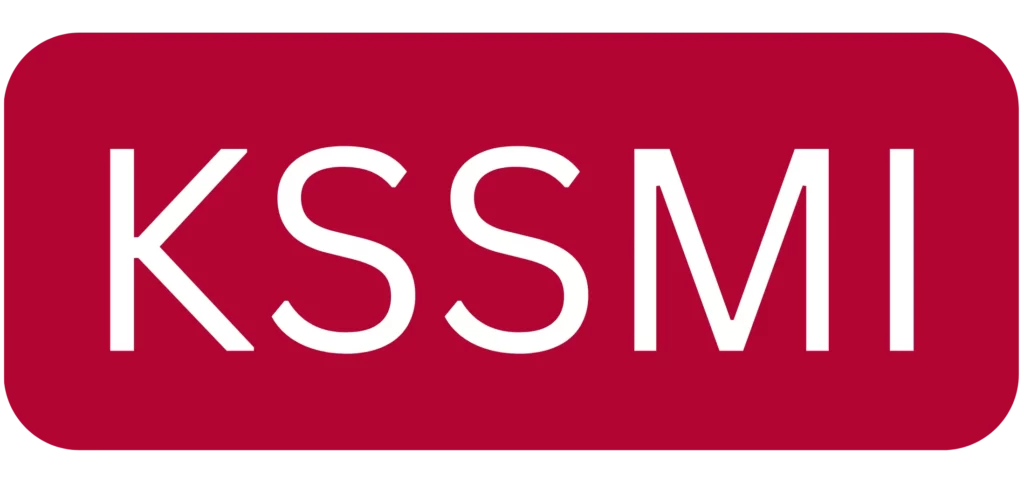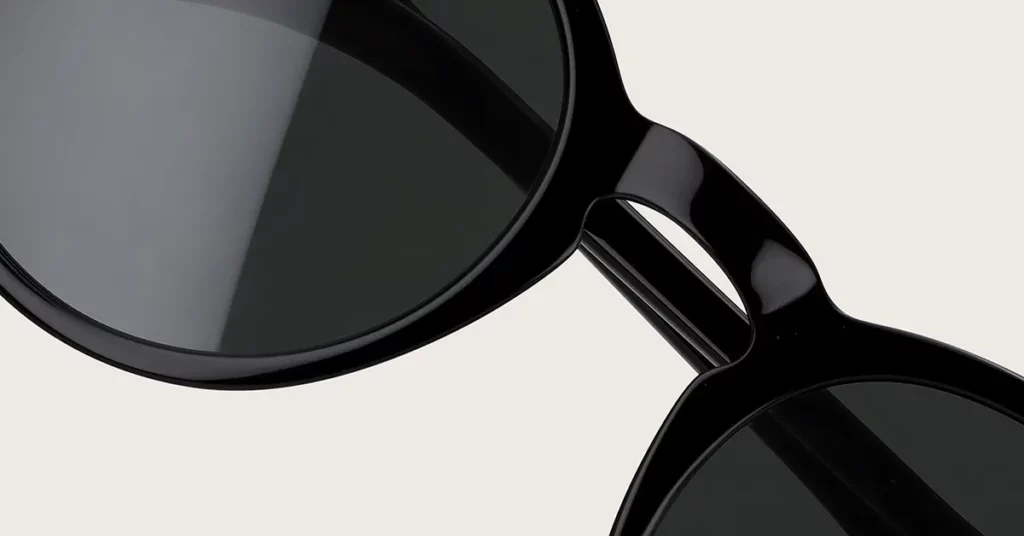The global sunglasses market hit USD 27.6 billion in 2025 and is set to grow 8.4% annually. Dropshipping this product offers high profit margins (60-80%) for a low startup cost of just $400-$800. Your success depends on understanding quality like UV400 protection, finding trustworthy suppliers, and following a smart launch plan.
Before You Begin: The Business Model, Costs, and Profit
The Case for Dropshipping Sunglasses
Understanding why this market works is the first step to building your confidence. The sunglasses industry presents a powerful opportunity because it’s built on a foundation of consistent demand and high value.
The product’s high perceived value creates fantastic profit margins. Sunglasses are both a fashion accessory and protective equipment, a dual identity that allows for significant markups. Research shows that dropshippers can achieve profit margins between 60% and 80% by positioning their products correctly.
For Example: A pair of sunglasses you source from a supplier for $15 can realistically be sold for $50-$90. This isn’t just about marking up a price; it’s about building a brand that customers feel is worth that price. Your initial focus should be on products in the $8-$25 wholesale range, as they offer the best balance of quality and profit potential.
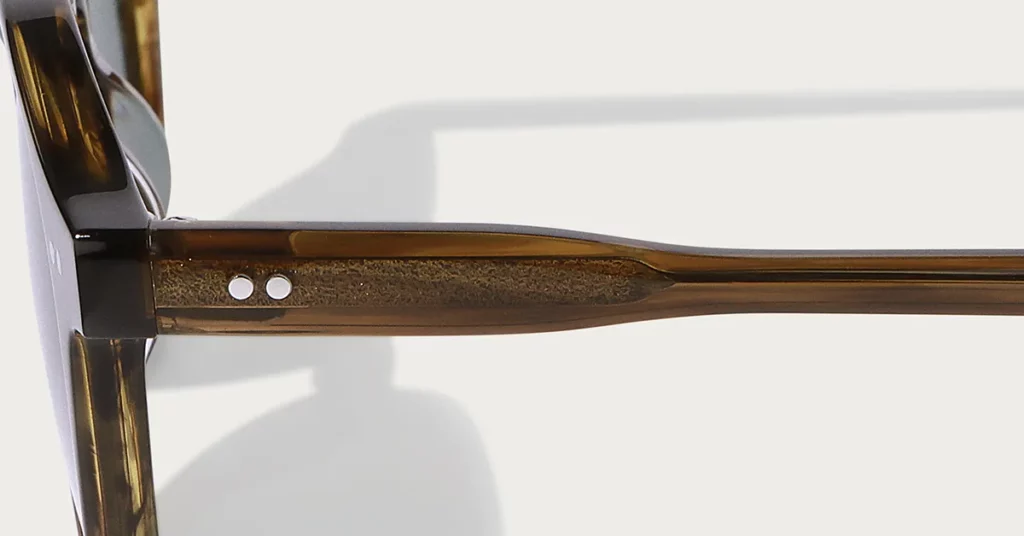
Your Financial Blueprint: Startup Costs & Timeline
A successful launch requires a realistic plan for your money and time. Here is the financial blueprint that will help you avoid the most common budgeting mistakes that sink new stores.
| Expense Category | Estimated Cost | Why It’s Necessary for a Professional Launch |
| E-commerce Platform | ~$30-$100 / month | This is your digital storefront. A reliable platform like Shopify ($39/mo plan) ensures your store is secure, easy to manage, and provides a smooth checkout experience for customers. |
| Supplier/Automation App | ~$0-$50 / month | These apps connect your store to suppliers, automating inventory updates and order fulfillment. This saves you hours of manual work and prevents you from selling out-of-stock items. |
| Domain Name | ~$10-$15 / year | A custom domain (e.g., YourBrand.com) is a small cost that builds immense credibility. It tells customers you are a serious business, not a temporary pop-up shop. |
| Sample Orders | ~$50-$150 (one-time) | This is your quality control budget. You must personally test the products you plan to sell. It’s the only way to verify UV protection, build quality, and packaging. |
| Initial Marketing Budget | ~$300-$500 | Your store needs visitors to make sales. This initial budget is for running targeted ads on platforms like Facebook and Instagram to drive your first wave of customers. |
| Total Estimated Startup Cost | ~$400-$800 | This is the realistic, all-in cost to launch your business professionally, covering your first month of operations and marketing. |
Pro Tip: This represents one of the lowest entry costs in all of e-commerce. The accessibility of the model is its greatest strength, allowing you to focus your energy on brand building instead of capital raising.
A Realistic 4-Week Launch Timeline
A structured schedule is your best defense against feeling overwhelmed. This proven 4-week timeline gets you to market quickly while ensuring all the critical foundational work is done right.
- Week 1: Research and Strategy. This week is all about intelligence gathering. You’ll identify your niche, analyze competitors, and begin vetting potential suppliers. Your goal is to end the week by ordering samples from your top 3-5 supplier candidates.
- Week 2: Store and Brand Setup. Now you build your foundation. You’ll purchase your domain, set up your Shopify or WooCommerce store, and create a simple, professional logo. You will also write your essential store pages: About Us, Shipping Policy, and Return Policy.
- Week 3: Product Curation and Listing. Your samples should arrive this week. Your job is to test every pair rigorously. Based on your findings, you’ll select your opening lineup of 5-10 “hero” products and write compelling product descriptions that highlight their quality and style.
- Week 4: Final Checks and Launch. The final week is for testing and activation. You’ll test your entire checkout process, set up your payment processor, and launch your initial ad campaigns. Start with a small daily budget to gather data before scaling up.
Simple Analogy: Think of this timeline like a restaurant opening. Week 1 is creating the menu, Week 2 is designing the dining room, Week 3 is perfecting the recipes in the kitchen, and Week 4 is opening the doors for your first customers.
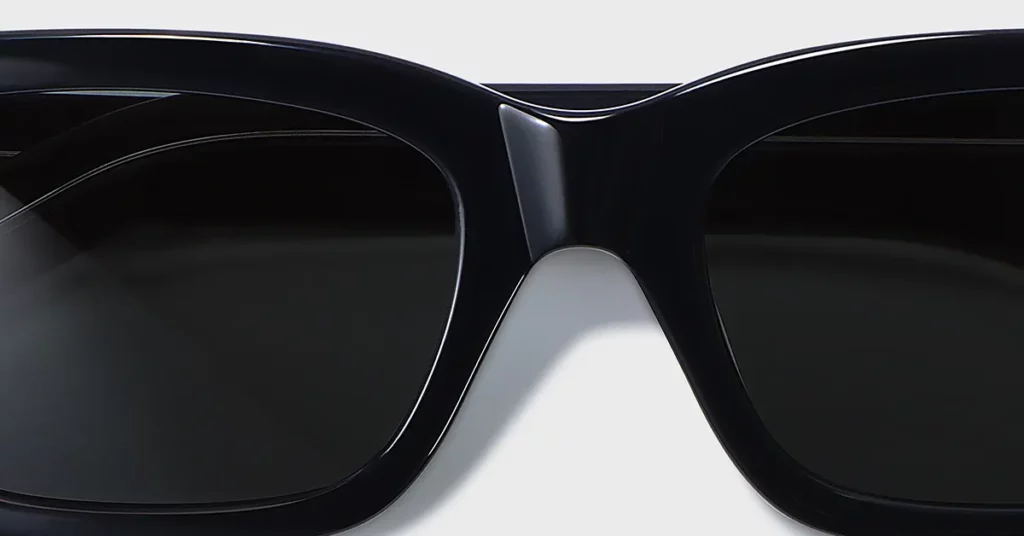
Step 1: Solving the Product Problem
Your product strategy is the heart of your brand. Success isn’t about selling hundreds of generic styles; it’s about curating a specific collection that resonates with a target audience and stands for quality.
Finding Your Niche in a Crowded Market
You can’t be everything to everyone. Choosing a focused niche is how you compete with larger retailers. It allows you to become an expert, target your marketing with precision, and build a brand people remember.
- Focus on a Specific Style: You could build a brand around Vintage Cat-Eye frames for a classic look or Y2K Retro styles to target Gen Z fashion trends.
- Focus on an Activity: Target customers with performance needs, such as polarized lenses for fishing or wraparound, impact-resistant frames for cycling.
- Focus on a Material: Appeal to conscious consumers with eco-friendly wooden frames or recycled materials. These materials offer a unique story and aesthetic.
- Focus on a Target Demo: Build your brand for a specific community, like luxury fashion enthusiasts or the streetwear scene.
Best Practice: Before you commit, use a tool like Google Trends. Search for your niche ideas to check for steady or growing search interest. This simple check can save you from building a brand around a dying trend.
A Guide to True Product Quality
In eyewear, quality is not a luxury; it’s a requirement. Understanding a few key technical details is what will separate your brand from the countless others selling flimsy, unsafe products. Your reputation depends on it.
The first fact you must internalize is that UV400 protection is your non-negotiable quality standard. This means the lenses are certified to block nearly 100% of harmful UVA and UVB rays. Think of it like selling sunscreen—your customers are buying your product for protection, not just for looks. Selling sunglasses without verified UV400 is irresponsible and destroys the trust your brand needs to survive.
Critical Warning: Sunglasses with dark lenses but poor UV filtering can actually be more harmful than wearing no sunglasses at all. The dark tint causes your pupils to dilate, allowing even more damaging UV radiation to enter the eye.
| Frame Material | Key Characteristic | Best For… |
| Acetate | Lightweight, huge color variety | Vibrant, stylish fashion frames. |
| Metal | Durable, classic, professional look | Sleek, minimalist, or classic designs. |
| Wood/Bamboo | Eco-friendly, unique grain patterns | Building an eco-conscious brand story. |
Remember This: The quality of the hinge is a secret signal of overall quality. A cheap, flimsy plastic hinge will fail quickly, leading to returns and bad reviews. When you get your samples, open and close the temples repeatedly. A smooth, sturdy hinge indicates a better-made product.
Curating Your Opening Catalog
Your initial product lineup should be small and strategic. Your goal is to offer enough variety to be interesting without overwhelming your customers or your ability to manage quality.
- Select 5-10 “Hero” Products: Start with a tight, curated collection. Choose products that represent the niche you’ve selected and have passed your personal quality inspection.
- Offer Key Variations: For each of your hero styles, offer 2-3 of the most popular color options (like black, tortoiseshell) and lens types (like polarized). This multiplies your catalog without adding new products.
- Plan for Upsells: Think about items that improve the customer experience, like a branded hard case or a microfiber cleaning cloth. These simple add-ons can significantly increase your average order value.
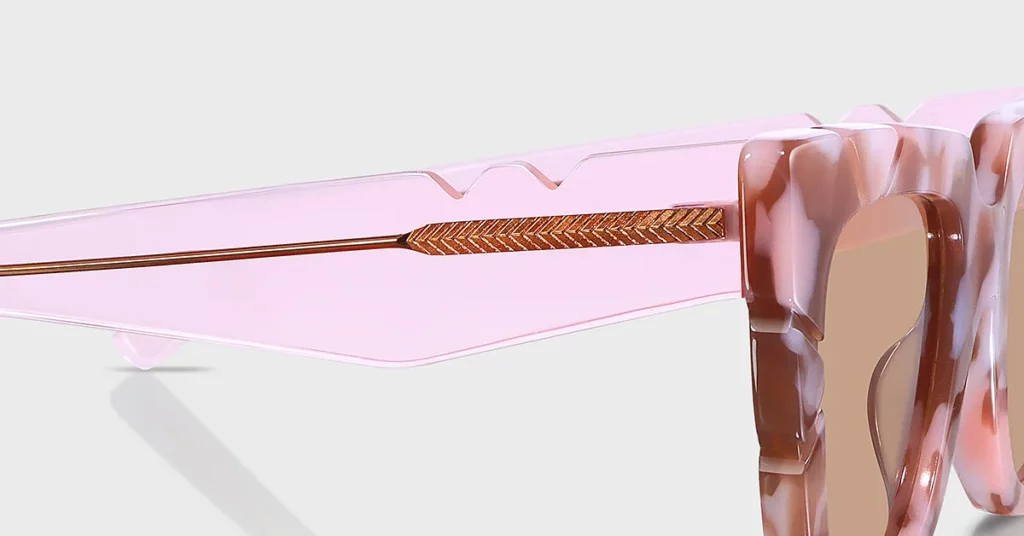
Step 2: Solving the Supplier Problem
Your supplier is your most important partner. Their reliability directly impacts your product quality, shipping speed, and customer satisfaction. Vetting them properly is one of the highest-leverage activities you can perform.
Understanding the Three Tiers of Suppliers
The world of dropshipping suppliers has different levels. Knowing the difference helps you choose the right partner for your current stage and future growth.
| Supplier Tier | Common Examples | Best For… | Key Trade-Off |
| Tier 1: Broad Marketplaces | AliExpress | Initial market testing and exploring different niches with zero commitment. | The lowest prices, but quality varies wildly and you must vet every single supplier. |
| Tier 2: Dropshipping Platforms | CJDropshipping, AutoDS | Scaling your business once you have winning products. They offer better logistics and automation. | Higher product costs, but you gain reliability, faster shipping, and some branding options. |
| Tier 3: Niche & Wholesale | BrandsGateway, Solo Solis | Building a premium or private-label brand that requires specialized, high-quality products. | You get exclusive products and quality, but you must meet minimum order quantities or pay fees. |
The Bottom Line: Nearly every successful brand starts with Tier 1 suppliers to learn the market. As you find winning products and your order volume grows, you graduate to Tier 2 or 3 to improve quality, shipping, and margins.
Your 5-Point Supplier Vetting Checklist
Use this checklist for every potential supplier. It will help you spot red flags early and build partnerships that will support your growth.
- Vet Shipping Times & Locations: Ask them directly: “Do you have warehouses in the US or EU?” A supplier with domestic warehouses can ship products in 2-7 days, which is a massive competitive advantage over the 10-20 day shipping times from overseas.
- Vet Quality by Ordering Samples: This is non-negotiable. You must hold the product in your hands. Check the UV protection, hinge quality, frame material, and packaging. Does it feel like a product you would be proud to sell?
- Vet Return & Refund Policies: Ask: “What is your process for a product that arrives broken or is lost in transit?” A good partner has a clear, fair policy. This protects you and allows you to offer better service to your customers.
- Vet Their Technical Integration: Does their system connect easily with your store platform (like Shopify)? Good integration and automation save you from hours of manual order entry and prevent errors as you scale.
- Vet Their Reputation: Look beyond their website. Search for reviews from other store owners on Trustpilot and Reddit. You are looking for consistent patterns of good communication and reliability.
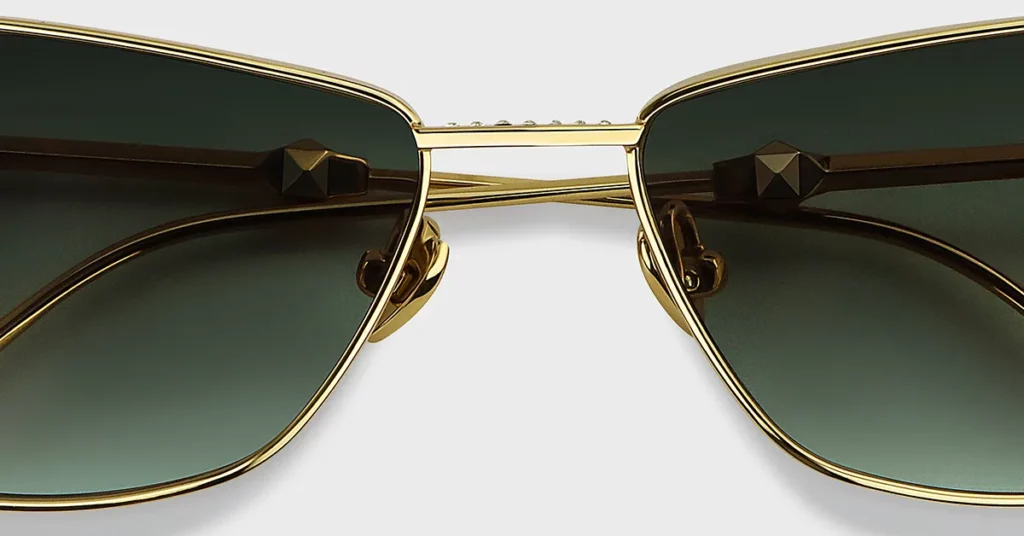
Step 3: Solving the Platform Problem
Your e-commerce platform is your digital home. Choosing the right one and setting it up professionally is critical for operational efficiency, customer trust, and your ability to grow.
Choosing Your E-commerce Platform
Your platform choice affects everything from daily operations to long-term costs. Focus on a solution that is powerful but easy for you to manage.
| Platform | Best For… | Key Advantage |
| Shopify | Almost all beginners and dropshippers. | Unbeatable ease of use and a massive app store full of tools designed specifically for dropshipping. This is the fastest path to a professional store. |
| WooCommerce | Entrepreneurs with WordPress experience. | Total customization freedom and no monthly platform fees (though you must pay for hosting). It’s powerful but requires more technical management. |
Pro Tip: For 99% of new entrepreneurs in this space, Shopify is the correct choice. The slightly higher monthly cost is easily worth the time you save and the headaches you avoid, allowing you to focus on marketing and product.
Essential Store Setup Checklist
A professional setup builds instant credibility. Before you spend a dollar on ads, make sure these tasks are complete.
- Task 1: Secure a Professional Domain. A name like
ShadyViews.comis far more trustworthy thanshady-views.myshopify.com. This is a small, high-impact investment in your brand. - Task 2: Create a Simple, Memorable Logo. Use a tool like Canva to create a clean logo. At this stage, professional and clean is better than complex and artistic.
- Task 3: Choose a Mobile-First Theme. Most of your customers will shop on their phones. Your store must look great and be easy to navigate on a small screen.
- Task 4: Create Your Essential Pages. You must have an About Us, Contact, Shipping Policy, and Return Policy page. These pages aren’t just for looks; they build trust and provide legal protection.
- Task 5: Set Up Your Payment Processing. Activate trusted payment options like Shopify Payments, Stripe, and PayPal. Offering familiar, secure ways to pay reduces abandoned carts.
Crafting High-Converting Product Pages
Your product page has one job: to convince a visitor to become a customer. It must be persuasive, informative, and trustworthy.
- Write Benefit-Focused Descriptions: Don’t just list features; explain the benefits. Instead of saying “Polarized lenses,” say “Polarized lenses cut blinding glare from water and roads, making your drive safer and more comfortable.”
- Use High-Quality Images: Visuals are everything for a fashion product. Use your supplier’s best photos, or better yet, take your own unique lifestyle photos showing people enjoying your sunglasses.
- Build Trust with Social Proof: As soon as you have them, add customer reviews and photos to your product pages. Seeing that real people have bought and loved the product is one of the most powerful conversion drivers.
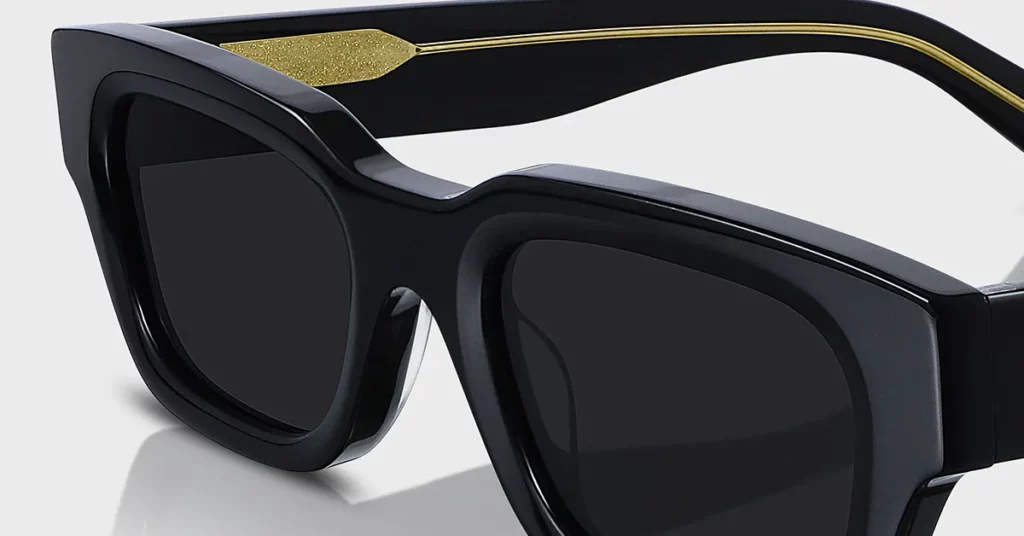
Step 4: Solving the Traffic Problem
A great store with no visitors won’t make any sales. Your go-to-market plan is how you drive targeted traffic and turn that traffic into a profitable business.
Driving Initial Sales with Social Media
For a visual product like sunglasses, social media is the perfect place to find your first customers.
- Platform Focus: Your primary focus should be on Instagram and TikTok. These visual-first platforms are where your target audience discovers new fashion trends and products.
- Content Strategy: Don’t just post pictures of sunglasses on a white background. Showcase the lifestyle. Post content of people wearing your products at the beach, on a hike, or in a cool urban setting. You are selling a feeling, not just an object.
- First Campaign: Run targeted, low-budget ads. Start with just $10-$20 per day, aimed at a very specific audience that matches the niche you chose. The goal is to gather data and learn what works.
Leveraging Influencer & User-Generated Content
Authentic content from real people often performs better than polished brand ads.
- Partner with Micro-Influencers: Find influencers in your niche with 1,000 to 100,000 followers. They often have highly engaged audiences that trust their recommendations and are more affordable to work with.
- Offer Free Products for Posts: A simple and effective strategy is to run a product gifting campaign. You send free products to relevant influencers in exchange for them posting content, giving you authentic promotion and visuals you can reuse.
Building Long-Term Assets: SEO & Email
Paid ads are great for starting, but long-term success comes from assets you own.
- SEO Action: Optimize your product titles and descriptions with keywords people are searching for (e.g., “black cat eye sunglasses polarized“). This helps you get “free” traffic from Google over time.
- Email Must-Have #1: Install a pop-up on your site offering a 10% discount in exchange for an email address. Your email list is a direct line to your most interested customers.
- Email Must-Have #2: Set up an automated abandoned cart email series. Over 70% of shoppers abandon their carts. An automated email reminding them what they left behind can recover 10-15% of those lost sales.
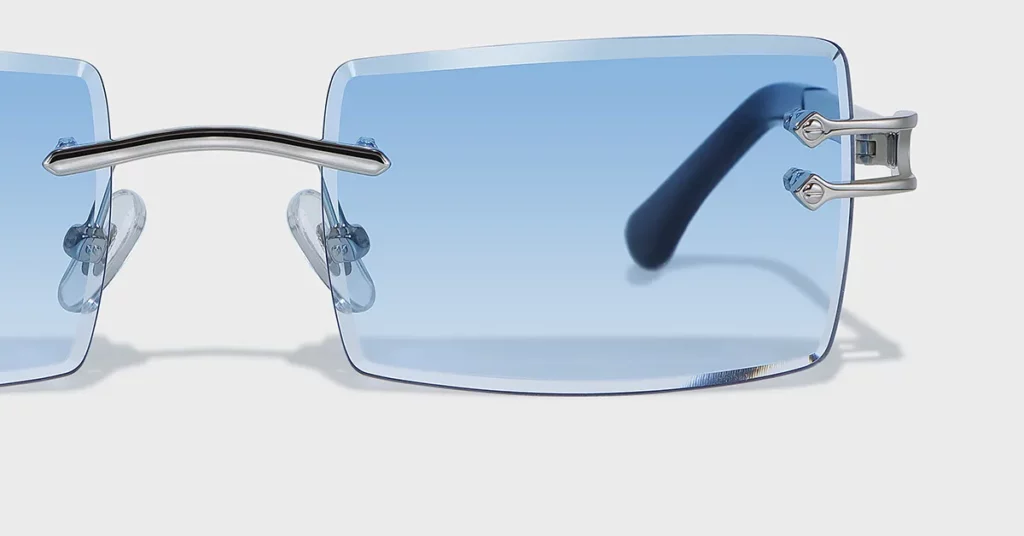
The 3 Stages of Your Brand’s Growth
Dropshipping is an amazing starting point, but it’s not the end goal. Understanding the path ahead helps you make smarter decisions today.
Stage 1: Dropshipping (Your Entry Point)
Stage 1 is your entry point: dropshipping. The goal here is simple: you are gathering intelligence. Your mission is to test the market, validate product ideas, and learn the fundamentals of e-commerce with almost zero financial risk. The key trade-off is that you sacrifice control over quality and the supply chain in exchange for this low-risk flexibility.
Stage 2: Private Labeling (The Next Step)
Once you have identified your best-selling products, you can move to Stage 2: private labeling. Here, you work with a manufacturer to put your logo on those proven products. This requires more capital for minimum order quantities, but the reward is a unique brand, higher perceived value, and better profit margins.
Stage 3: True Manufacturing Partner (The End Goal)
The ultimate goal for a serious brand is Stage 3: a true manufacturing partnership. This is where you collaborate with a partner like Kssmi to design and produce completely unique eyewear from scratch. It requires significant investment, but gives you total product exclusivity, the highest quality control, and the best possible profit margins.
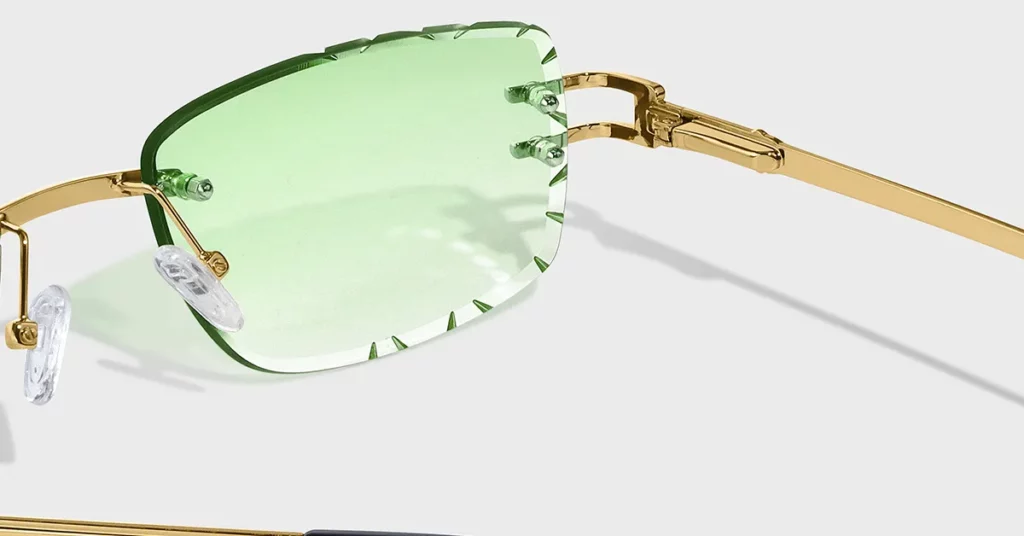
Conclusion
Success in sunglasses dropshipping comes from executing a smart plan. It starts with selecting a quality-focused niche, vetting suppliers with rigor, and building a professional store that earns customer trust. With a realistic budget of $400-$800 and by following a structured 4-week timeline, you have a clear path to launch. Now, your goal is to build a brand that can one day grow beyond dropshipping into a genuine force in the eyewear market.
Frequently Asked Questions
1. How much can I realistically make dropshipping sunglasses?
With typical profit margins of 60-80%, your earnings depend entirely on your marketing efforts. A part-time effort might bring in $1,000/month in revenue, while a dedicated business can exceed $10,000/month. Focus on your marketing skills to drive growth.
2. Is it legal to dropship designer brand sunglasses?
No, unless you are using an authorized distributor like BrandsGateway who can prove authenticity. Selling counterfeit goods from a marketplace is illegal and will destroy your business. It’s much safer to build your own brand or sell high-quality, unbranded styles.
3. What is the single biggest mistake new sunglass dropshippers make?
The biggest mistake is failing to personally test product quality, especially UV protection. Selling sunglasses that don’t properly protect a customer’s eyes is a serious liability and a quick way to earn a terrible reputation. Always order samples first.
4. How do I handle customer returns and refunds?
Your return policy must be clear and visible on your site before you launch. Partner with suppliers that have fair and transparent return processes for defective or damaged items. This allows you to provide good customer service without taking a loss.
5. When should I move from dropshipping to private labeling?
Consider moving to private labeling when you have 3-5 proven best-sellers, a consistent monthly revenue of over $5,000, and access to at least $10,000 in capital for your first inventory order. Make the move when the need for better branding and margins outweighs the benefit of low risk.
